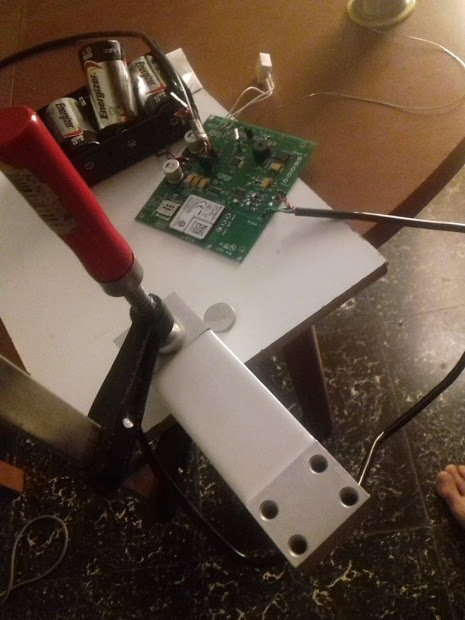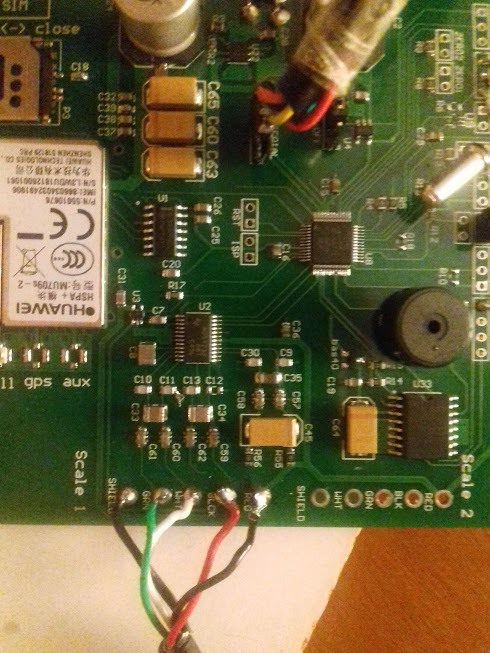Other Parts Discussed in Thread: ADS1131, ADS1262, ADS1261
Hi,
On a weight scale product based on ads1232 reference design I did an experiment to reverse the polarity of excitation and have measures from 0 up to 50 Celcious. I did this because I wanted to see how the system behaves in these temperature ranges so as to upgrade the product to use ac excitation.
What the measures shows, is that the drift caused by those temperatures is much smaller (about 1/3) compared to the measures in the same temperatures with normal polarity. Does it make any sense ?
Thanks a lot!



